Stone and Mineral Identifier - Stone & Mineral ID

Welcome! Ready to identify your stones and minerals?
Unveil Minerals with AI Power
Please upload a clear photo of your stone or mineral for identification.
Can you provide an image of the stone you need help identifying?
Let's identify your stone or mineral. Share a high-quality photo to get started.
Upload a detailed image of the mineral you want to learn more about.
Get Embed Code
Overview of Stone and Mineral Identifier
The Stone and Mineral Identifier is a specialized tool designed to identify various stones and minerals through visual analysis of images provided by users. It examines characteristics such as color, texture, and shape to determine the identity of stones and minerals. The system is calibrated to recognize subtle differences and similarities, offering a list of possible options for each submission. This is crucial because many stones and minerals can appear similar. For example, distinguishing between blue sapphire and tanzanite requires noting specific hue differences and crystal forms. The tool emphasizes the need for high-quality images to ensure more precise identifications and may request clearer images or more details if the initial submission is insufficient. Powered by ChatGPT-4o。

Core Functions of Stone and Mineral Identifier
Visual Analysis
Example
Analyzing the color, texture, and shape of a submitted image of a quartz specimen to differentiate it from similarly appearing minerals like calcite.
Scenario
A user submits a photo of a transparent, hexagonal crystal found during a hike. The tool analyzes its features, suggesting it could be quartz, and provides contextual information about quartz properties and common confusions with other minerals.
Educational Information
Example
Providing detailed descriptions about the properties of minerals and stones, such as hardness, typical locations found, and uses in industry.
Scenario
After identifying a stone as lapis lazuli, the tool offers information on its historical use in art and jewelry, its geographical sources, and its mineral composition, enhancing the user's understanding and appreciation of the stone.
Similarity Suggestions
Example
Offering comparisons between the analyzed mineral and others with similar physical properties to educate the user about possible confusions.
Scenario
Upon analyzing a green stone, the tool suggests it might be jadeite based on its features but also lists nephrite as a similar stone, explaining the differences and similarities to help users make a more informed identification.
Target User Groups for Stone and Mineral Identifier
Hobbyists and Collectors
Individuals who collect stones and minerals as a hobby often encounter unidentified specimens. This tool helps them confirm the identity of their finds and learn more about them, enhancing their collecting experience and knowledge.
Educational Institutions
Teachers and students in earth science, geology, or natural science courses can use this tool to quickly identify and learn about various minerals and stones. It serves as an educational aid, making learning interactive and engaging by allowing students to explore real-world samples.
Professional Geologists
Professionals in the field of geology can use this tool as a quick reference to confirm the identity of minerals in the field or lab, streamlining their work and providing a secondary verification method for their mineralogical assessments.

How to Use the Stone and Mineral Identifier
Visit yeschat.ai
Start by visiting yeschat.ai to try out the Stone and Mineral Identifier without needing to log in or subscribe to ChatGPT Plus.
Prepare your image
Ensure your image is clear and well-lit. The stone or mineral should be the focal point with minimal background distractions.
Upload your image
Use the upload feature to submit your image directly into the Stone and Mineral Identifier tool.
Analyze the results
Once your image is processed, review the list of possible stones or minerals that match the visual characteristics of your sample.
Further research
Use the provided information to conduct further research or compare with your own findings to confirm the identity of the stone or mineral.
Try other advanced and practical GPTs
Mom Abraham CMO
Empowering Marketing Decisions with AI

MOM´s
Streamline Meetings with AI

Relationship Coach
Revolutionize your relationships with AI-powered advice
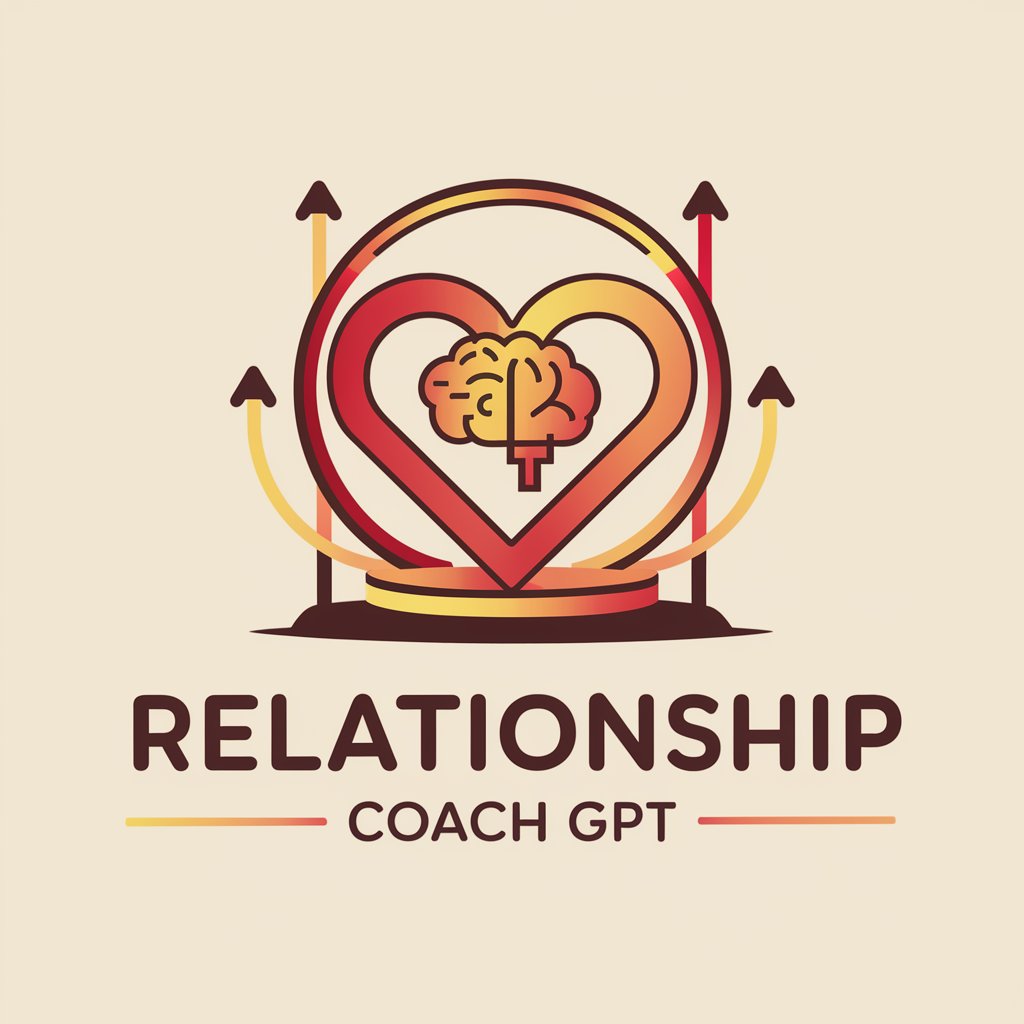
Relationship Advice
Empower Your Relationship with AI
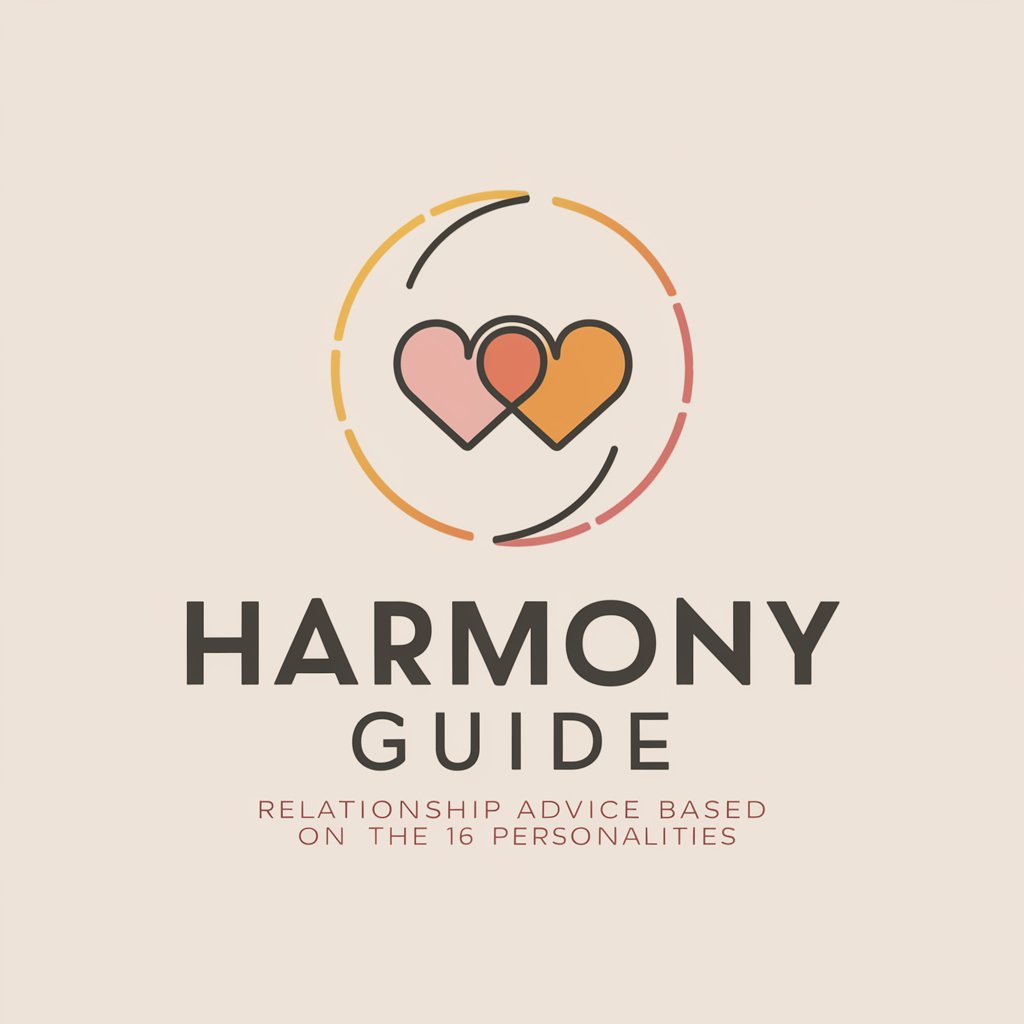
Relationship Guru
Empowering Relationships with AI
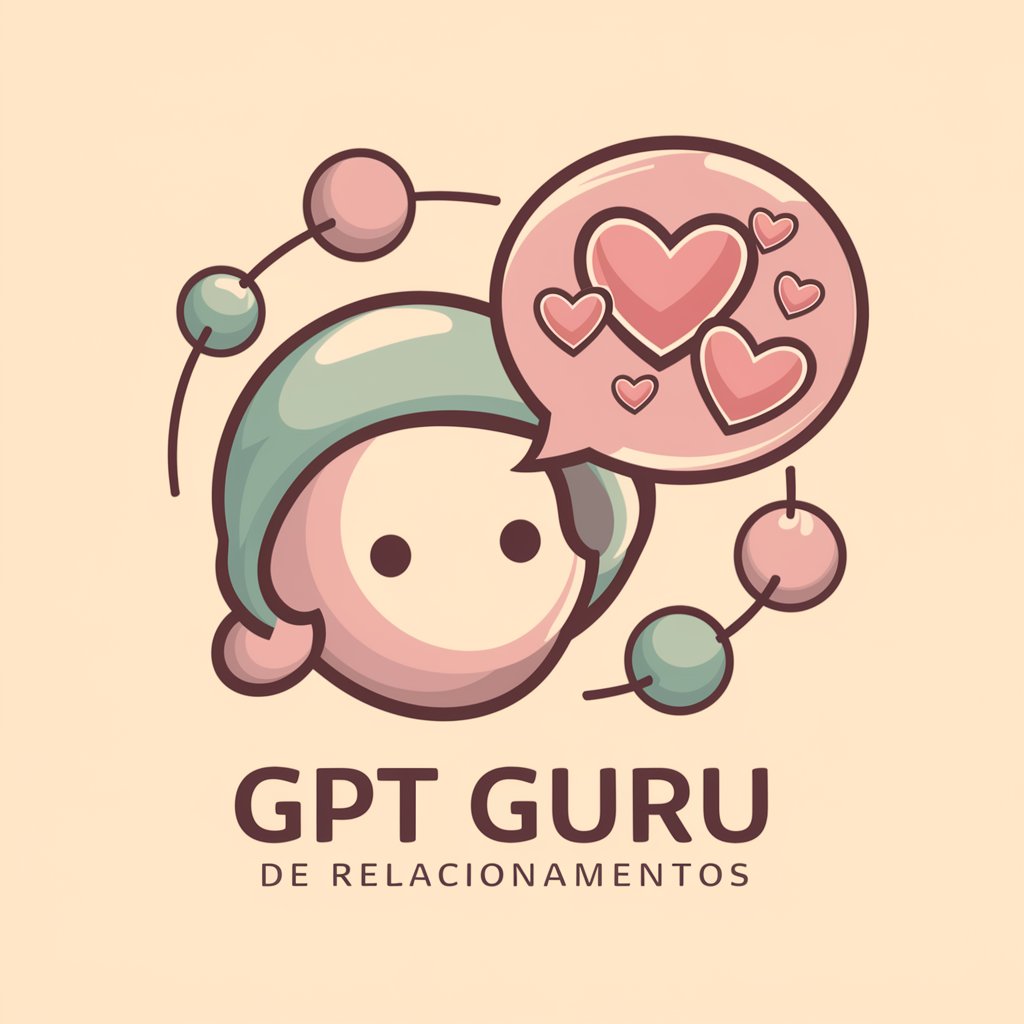
Relationship Guide
Empowering Relationships with AI
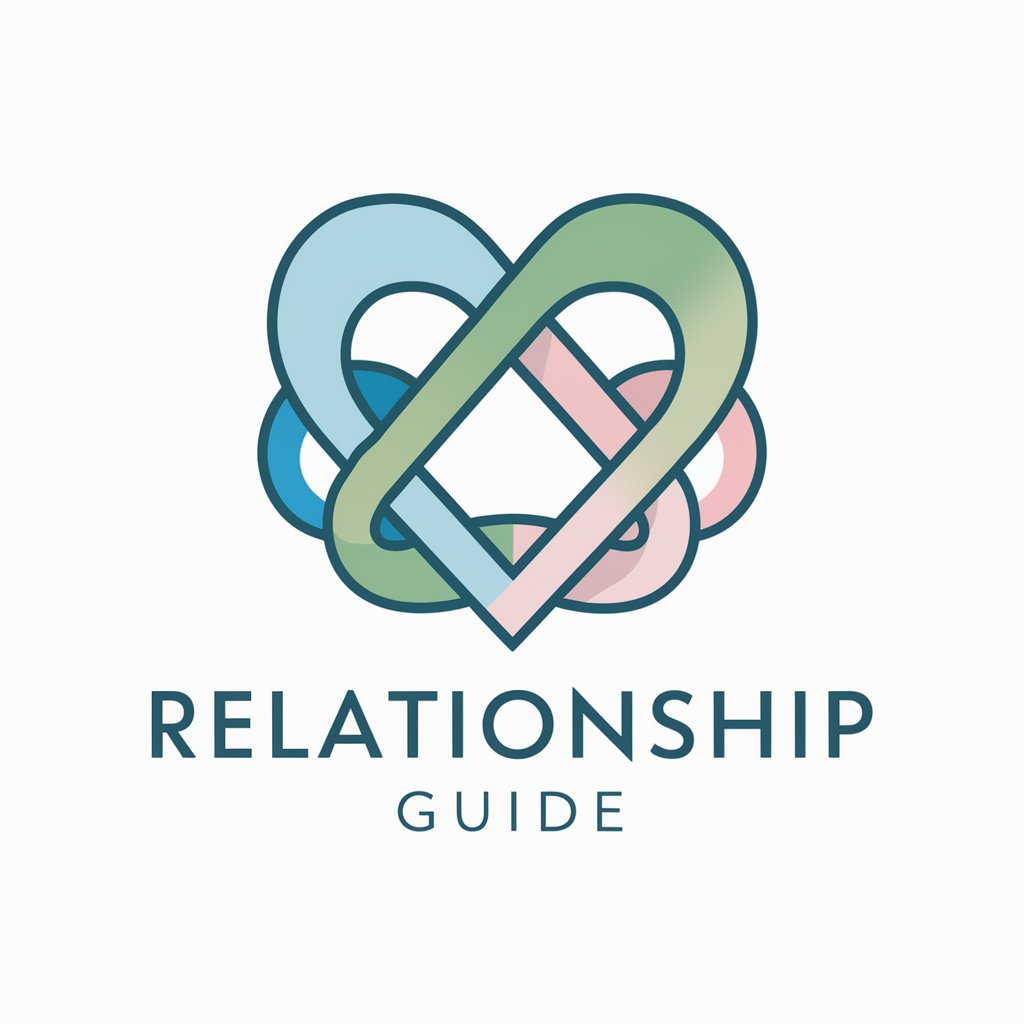
Problem Solver
Revolutionizing problem-solving with AI

Problem Solving Helper
Navigate Complex Issues with AI
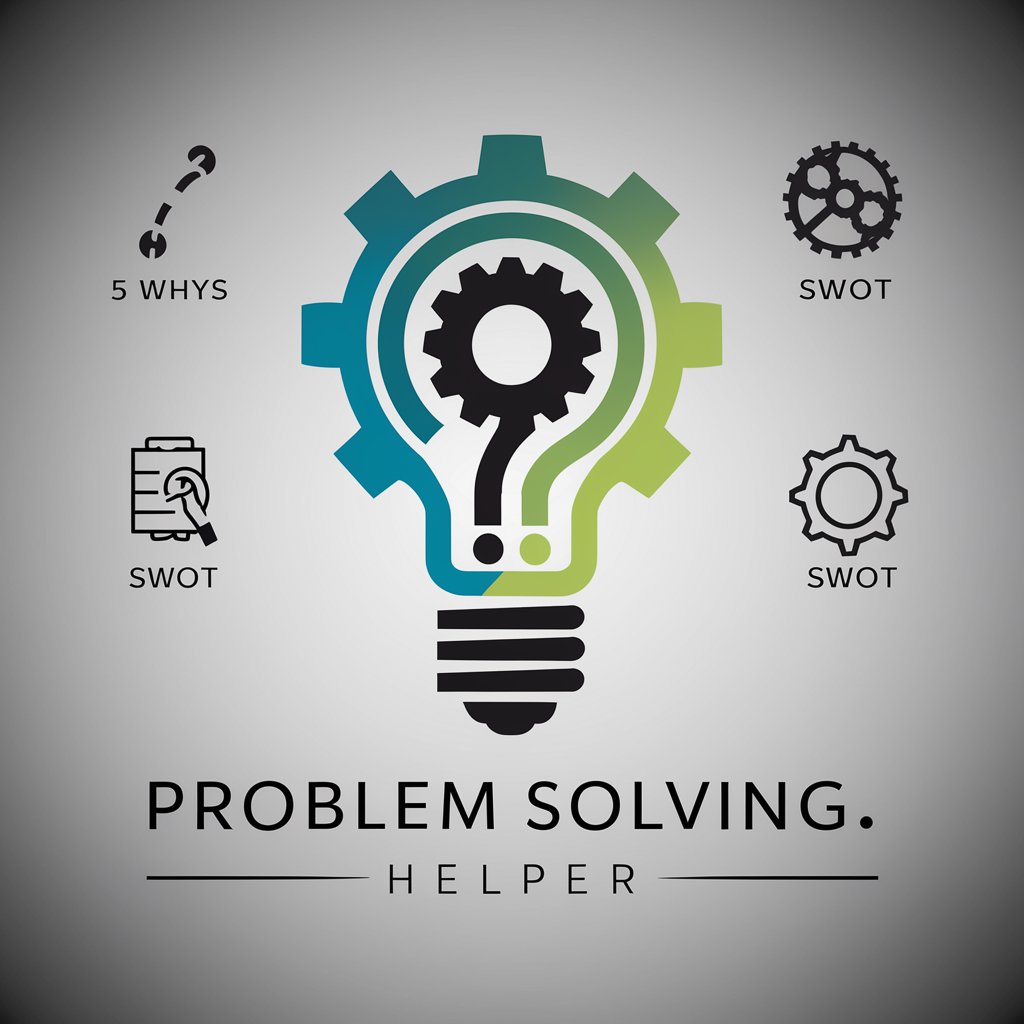
All About Brain
Unlocking Brain Secrets with AI
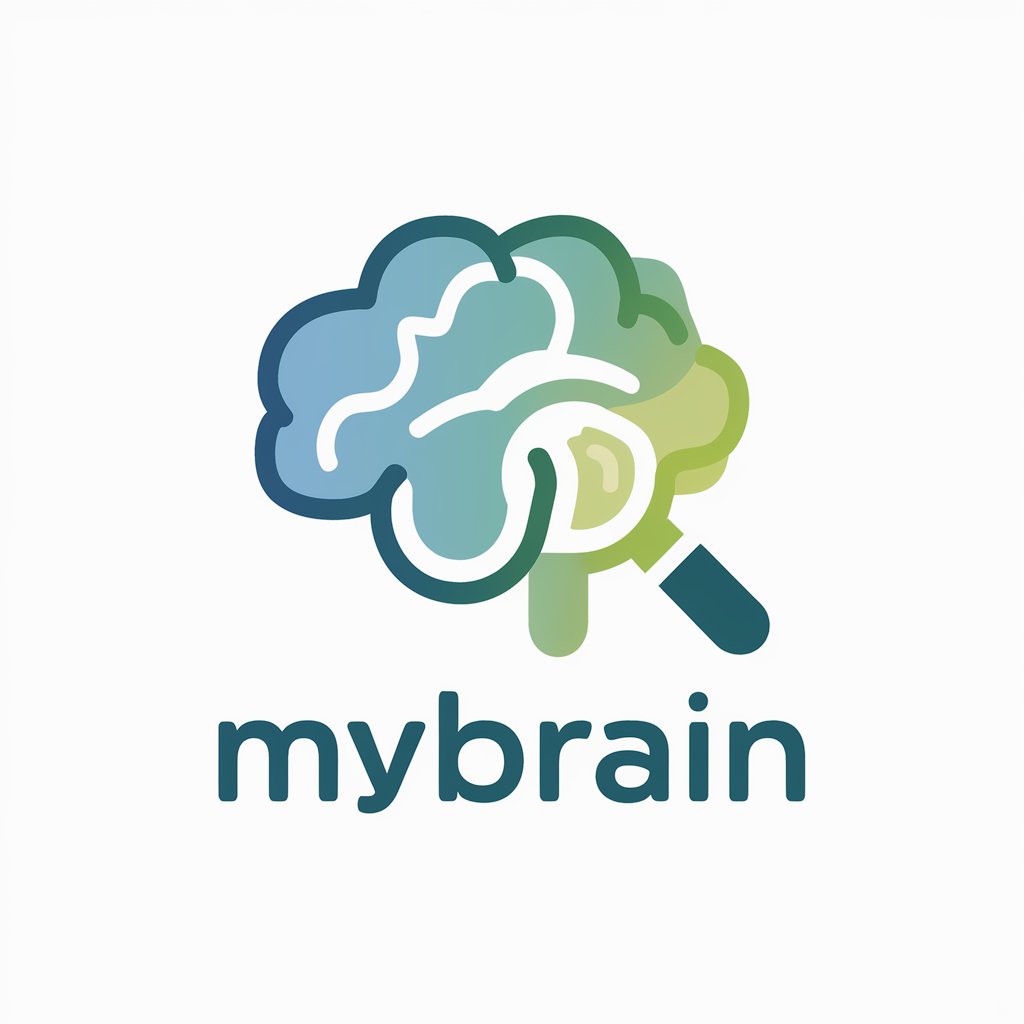
All About LoveLive! GPT
Discover LoveLive! through AI

Lets Talk About God:)
Exploring Scripture with AI

Chat ANY About China
Explore Chinese History with AI

Frequently Asked Questions about the Stone and Mineral Identifier
What types of images work best with the Stone and Mineral Identifier?
The best images are high-resolution with good lighting, where the stone or mineral is clearly visible without obstructions or shadows. Avoid blurry or overly dark images for optimal results.
Can the Stone and Mineral Identifier distinguish between similarly colored minerals?
Yes, the tool uses advanced image analysis to differentiate between minerals based on texture, luster, and other visual characteristics, not just color.
Is the Stone and Mineral Identifier suitable for educational purposes?
Absolutely. Educators and students can use the tool to learn about different stones and minerals, enhancing classroom learning and practical identification skills.
How accurate is the Stone and Mineral Identifier?
The accuracy depends on the quality of the image and the distinctiveness of the stone's or mineral's features. High-quality images typically result in more accurate identifications.
What should I do if the Stone and Mineral Identifier provides multiple results?
Multiple results indicate similar visual traits among different stones or minerals. Review each result and compare further characteristics like hardness or streak color for a more accurate identification.
